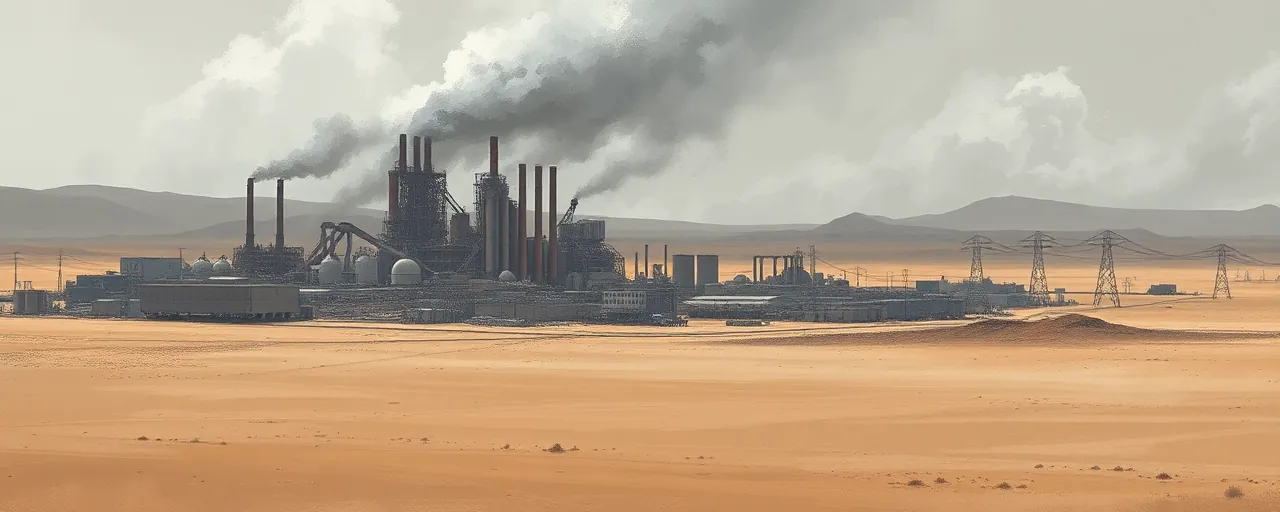A Fresh Strike Against Iran’s Nuclear Ambitions
The United States rolled out new sanctions on April 9, 2025, targeting five Iranian entities and one individual linked to the country’s nuclear program. Announced by Department of State spokesperson Tammy Bruce, the measures aim to disrupt support for Iran’s Atomic Energy Organization (AEOI) and its centrifuge-focused subsidiary, the Iran Centrifuge Technology Company (TESA). These groups oversee critical aspects of uranium enrichment, a process that’s sparked international concern for years.
This move isn’t a bolt from the blue. It builds on a long-standing U.S. strategy to choke off resources feeding Iran’s nuclear efforts. The Treasury Department, wielding Executive Order 13382, froze assets and barred these targets from U.S. financial systems, signaling a clear intent to keep the pressure on Tehran. For those new to the game, this isn’t just bureaucratic flexing; it’s about slowing a program that could reshape power in the Middle East.
Iran’s Nuclear Progress in the Spotlight
Iran’s nuclear capabilities have leaped forward, and the numbers tell a stark story. By February 2025, Iran had stockpiled over 275 kilograms of uranium enriched to 60%, doubling last year’s haul. Experts say that’s enough raw material to produce weapons-grade uranium, the stuff of nuclear bombs, in a matter of days if pushed to 90%. Facilities like Fordow, now humming with advanced IR-6 centrifuges, churn out enriched uranium at a rate of 58,800 separative work units annually, a technical leap that’s got analysts on edge.
The sanctioned entities, including Pegah Aluminum Arak Company and Pars Reactors Construction and Development Company, aren’t household names, but their roles matter. They supply parts and know-how that keep Iran’s centrifuges spinning and reactors humming. Despite years of restrictions, Tehran’s ability to dodge roadblocks and build homegrown tech raises tough questions about whether sanctions can still bite hard enough.
Do Sanctions Still Pack a Punch?
Executive Order 13382, born in 2005 under President George W. Bush, lets the U.S. Treasury move fast to lock down proliferators’ cash and connections. It’s been a go-to weapon against Iran’s nuclear network, hitting AEOI and TESA repeatedly. Advocates argue it’s nimble, sidestepping the slow grind of Congressional approvals, and has tangled up Iran’s supply lines. Yet, the evidence isn’t all rosy. Iran’s uranium stockpiles keep growing, and its breakout time, the window to build a bomb, keeps shrinking.
The real-world fallout is messy. Sanctions have slashed Iran’s oil cash and spiked inflation, hammering ordinary people. Still, Tehran leans on allies like China and Russia for trade lifelines, blunting the pain. Some analysts point out that while progress slows, it doesn’t stop; Iran’s now got the skill to enrich uranium faster than ever. Others say the pressure keeps Iran from crossing the line into weaponization, buying time for talks.
A World Divided on the U.S. Approach
The global reaction to U.S. sanctions splits along familiar lines. Allies like Japan and the European Union have mirrored some measures, aiming to curb Iran’s nuclear reach. Canada and Australia enforce tough rules too. But heavyweights like Russia and China push back, arguing unilateral U.S. moves wreck broader deals, like the 2015 nuclear pact Trump ditched in 2018. Back then, the U.N. Security Council shot down a U.S. bid to extend an arms embargo on Iran, showing the rift runs deep.
Countries like India tread a quieter path, balancing trade with Iran against U.S. ties. Advocates for diplomacy, including Brazil and Turkey, warn that sanctions hit civilians hardest without guaranteeing results. The International Atomic Energy Agency struggles to monitor Iran’s sites as cooperation fades, leaving gaps in the picture. It’s a tangle of interests where slowing Iran’s nuclear clock competes with keeping global markets steady.
What’s Next for Iran and the World
The latest sanctions sharpen a decades-long standoff. They target a network that’s proven slippery, adapting to each blow with domestic grit and foreign help. For everyday Americans or Iranians, the stakes feel distant until you zoom in: a nuclear-armed Iran could tilt regional power, spike oil prices, or spark conflict. The U.S. bets that squeezing Tehran’s helpers will delay that day, but the clock’s ticking louder with every kilogram of enriched uranium.
No one’s got a crystal ball here. Talks could resurface, though trust’s thin after years of brinkmanship. Iran’s next move hinges on how much it’s willing to gamble under pressure, while the U.S. weighs whether this tactic still holds water. For now, the world watches a high-stakes chess match where every piece counts, and the endgame’s nowhere in sight.
